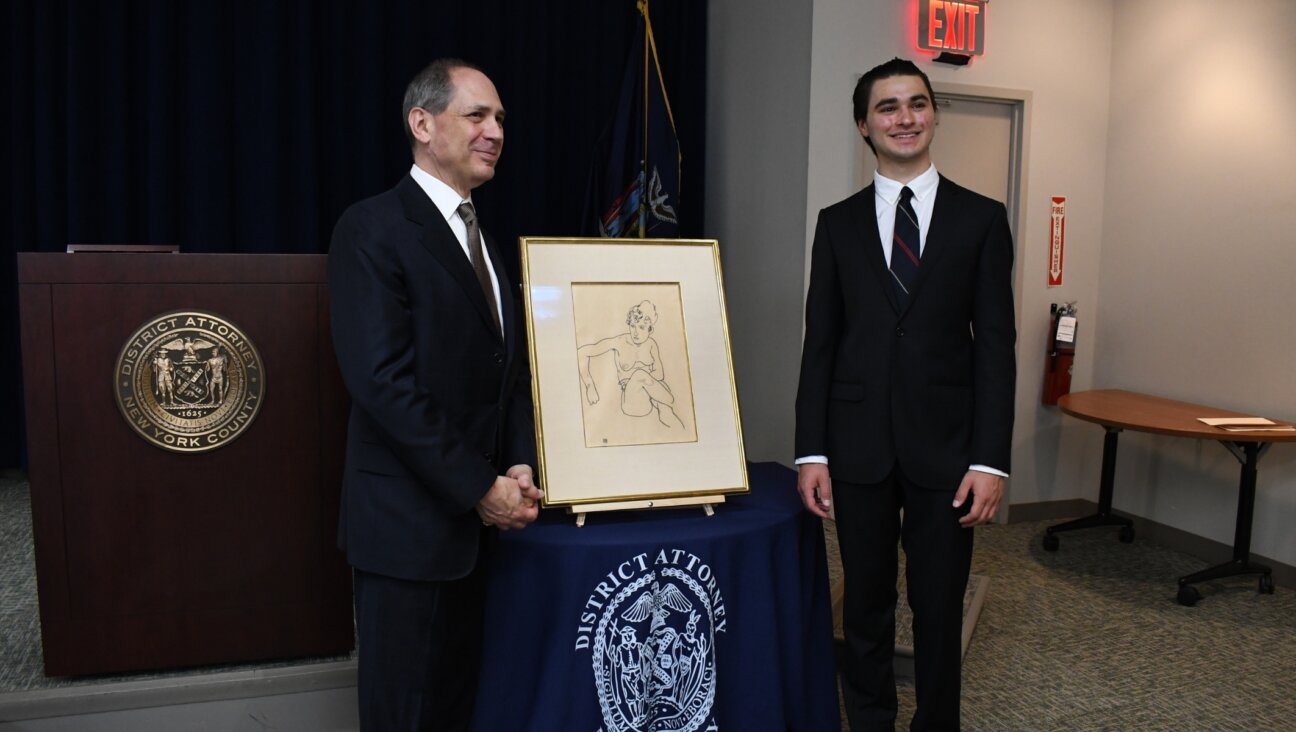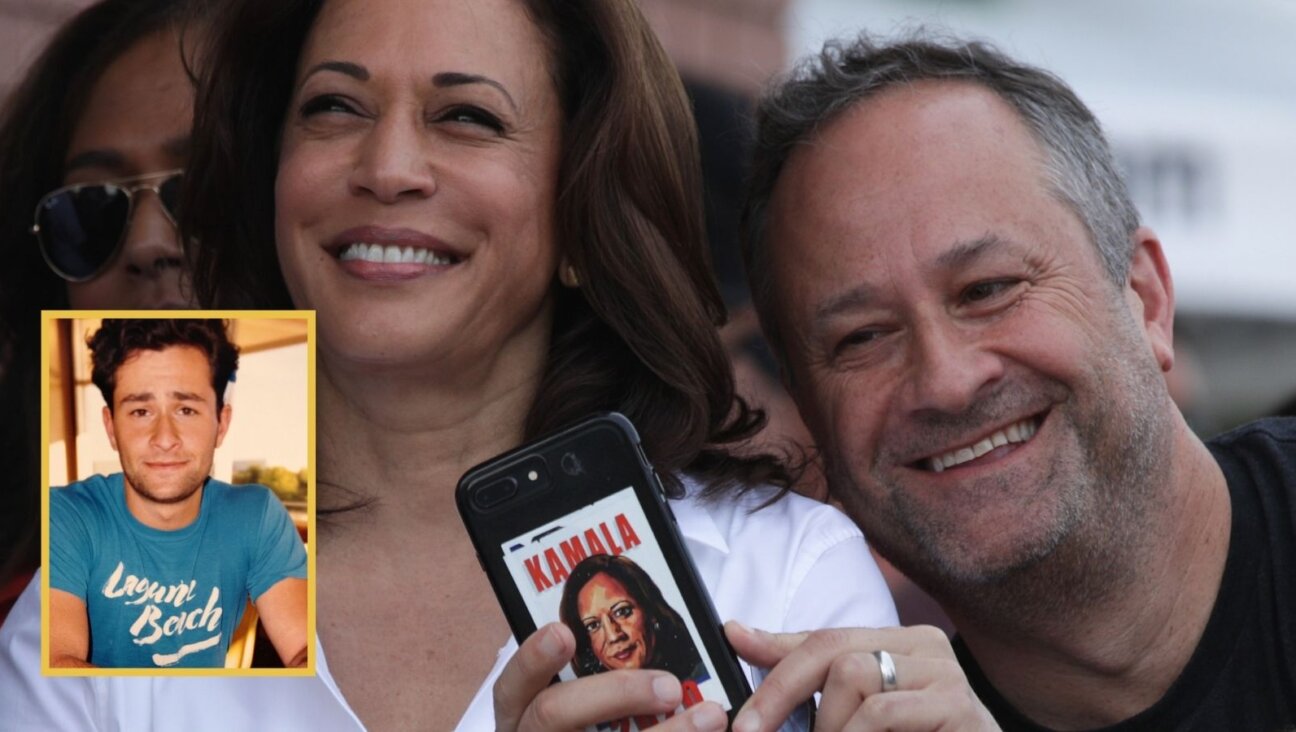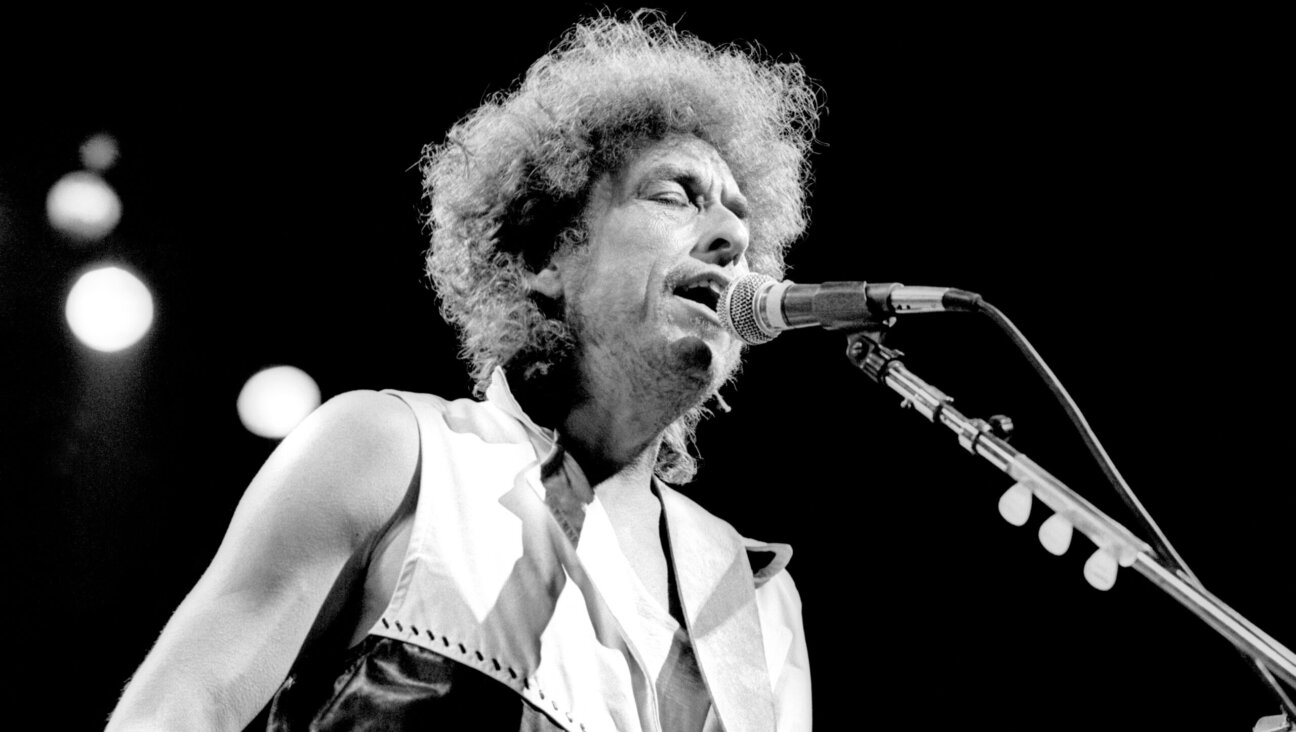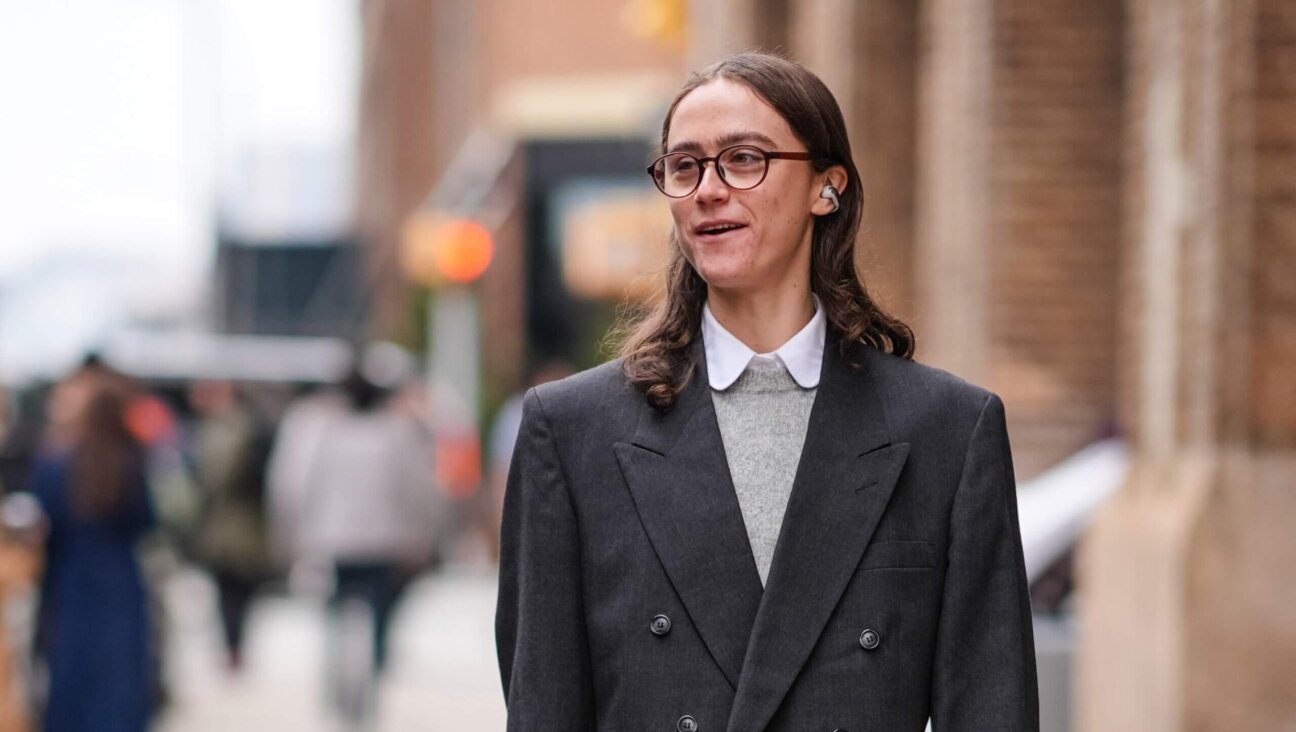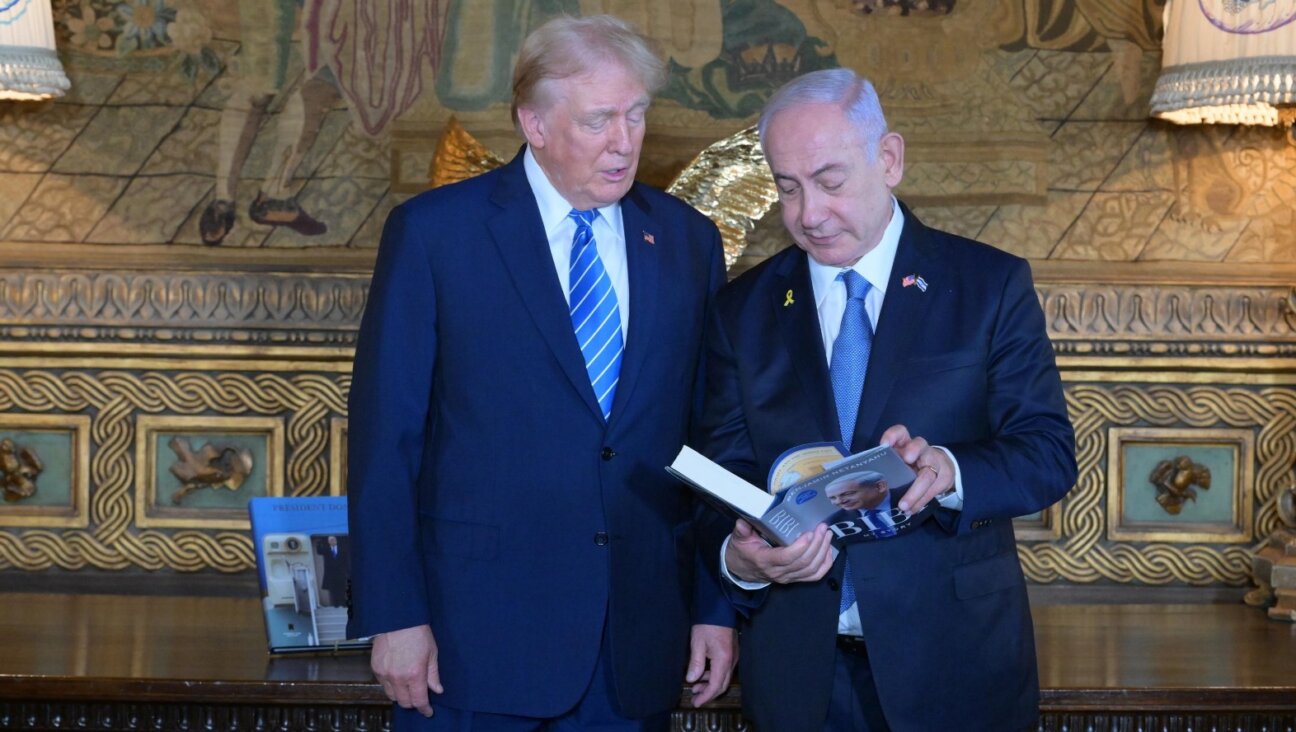Should We Remove Confederate Monuments — Even If They’re Artistically Valuable?

Confederate Monument by Moses Ezekiel Image by Sue Eisenfeld
In 1912 and 1914, The Washington Post described the Confederate monument at Arlington National Cemetery as “a magnificent work of art” and “one of the most beautiful [monuments] in this section of the country.” Commissioned by the United Daughters of the Confederacy (UDC) and celebrated with a cornerstone-laying ceremony and a formal dedication two years later, where President Wilson presided and the Fifth Cavalry Band played the Star-Spangled Banner and then Dixie, the ornate statue of a group of figures known as “New South,” a monument to the Southern soldiers buried there, was intended to “permanently mark the union between North and South.” In President Wilson’s address, he said of the strife that attempted to sever the Union, “This chapter in the history of the United States is now closed.”
One hundred and three years later, on August 20, 2017 — eight days after the deadly protest in Charlottesville, Virginia, that involved neo-Nazi neo-Confederates chanting, “Jews will not replace us” and other hate speech after the city decided to remove a figure of Robert E. Lee — 22 people, ranging in age from 20 to 90, signed a letter sent to The Washington Post calling for the Arlington Cemetery statue’s removal. The signers were relatives of the internationally renowned sculptor who designed the 32-foot monument in bronze, the tallest bronze statue in the cemetery and the largest ever made by the artist. They were Ezekiels, connected by blood to Moses Ezekiel (1844–1917), “one of the world’s most distinguished sculptors”; a Virginian; a Confederate; a Virginia Military Institute (VMI) graduate, and one of the 247 young cadets who were called up as teenage students to fight for the South at the Battle of New Market — and won. And, he was Jewish — the first Jewish VMI cadet, who became the first notable American Jewish sculptor.
I pass this monument regularly on walks through the cemetery. It’s hilly there, and quiet. The statue is at the far side of the cemetery — I’ve never seen another person there. As I’ve been pondering the question of whether we’d lose anything as a society if Ezekiel’s Confederate monument, one of 223 Confederate monuments in the Commonwealth of Virginia, were taken away, I’ve spoken with Ezekiel’s descendants, with art historians and with experts in Jewish history to try to discern the meaning of the statue that Ezekiel, an observant Sephardic Jewish artist from Richmond, Virginia, strived to make the “crowning achievement of his career.”
-
Confederate graves at Arlington Cemetery. Image by Sue Eisenfeld
In their letter to The Washington Post, the Ezekiel family wrote: “The statue intended to rewrite history to justify the Confederacy and the subsequent racist Jim Crow laws. It glorifies the fight to own human beings, and, in its portrayal of African Americans, implies their collusion.” The letter’s authors refer to the heyday of monument building between 1890 and 1920 and to the propagation of Lost Cause mythology — the rebranding of the Confederacy as a heroic, honorable struggle for the Southern “way of life” rather than to preserve slavery.
The family’s favored solution for the monument is to have it placed in a museum, but they discussed recommending other options as well, such as adding statues of Harriet Tubman and Frederick Douglass nearby in the cemetery, or melting down the statue entirely.
Lewis Ezekiel, a history teacher and a distant relative of Moses Ezekiel, says he was proud to visit the famous statue that bears his family name during an eighth-grade field trip to the cemetery 17 years ago, back when he didn’t even know it was a Confederate monument. But he has grappled in recent years with his ignorance of the past. “In retrospect, it’s not worth it to see my name for someone else who comes to Arlington to have to confront bigotry and slavery, or for other people to see it and feel more free to oppress,” Ezekiel said.
“We Jews understand oppression and the impact that oppressive imagery can have. We’ve seen the effect that symbolism can have. This should make us more empathetic about what belongs and doesn’t belong in public places…. A public place like Arlington Cemetery is not the place for this statue.”
Judith Ezekiel, a distant cousin of Moses Ezekiel and a visiting professor in women’s studies at Wright State University, said, “You can’t justify oppression by saying you’ve been oppressed,” in response to the question of whether the statue’s American Jewish history holds any sway over its Confederate glorification. In some of the initial conversations about the statue, she said, relatives talked of Moses Ezekiel as “a man of his time” and wanted to justify the work by saying society should “look through the eyes of people of that era.” To that, Judith Ezekiel responded, “We should look through the eyes of the slaves, not people who were pro-slavery and Confederates.”
Moses Ezekiel was apparently against slavery, even though his own grandparents, who raised him, owned slaves and made their living by dressing slaves brought to Richmond from the deeper South to be sold at market. But he reported growing up in Richmond for his first 17 years in a diverse community of “Jews and Christians, whites and blacks who came from different parts of the globe [and] were all jumbled together in the neighborhood…. We were always on good terms with our neighbors.
“None of us had ever fought for slavery and, in fact, were opposed to it. It was an evil that we had inherited and that he wanted to get rid of. Our struggle… was simply a constitutional one.”
In his memoirs, he wrote that Abraham Lincoln was elected without a single vote in all of the 14 Southern states, which Ezekiel took as “evidence that the fundamental principles of our government had been violated, and that it would be impossible for the South to submit to being ruled by a party who were opposed to state’s rights and free trade.”
“People are complex,” Judith Ezekiel conceded. While she is not proud of her cousin’s role in supporting Confederate revisionist history, she affirms that she — like many other members of the family who were “bathed in the aura of Moses” — is proud of him as a sculptor: “He was a talented artist, a fascinating Bohemian character, interesting, eccentric, worldly, cosmopolitan, and he supported good causes, like religious liberty.
“If we were to lose respect for all historical figures who were sexist or misogynist or racist, there wouldn’t be many people left.”

Moses Ezekiel in his studio. Image by Wikimedia Commons
* “The history of art is the history of beautiful representations of horrific things,” said Hollis Robbins, a professor of humanities at the Peabody Institute of Johns Hopkins University. “It is technically proficient and adamantly Beaux Arts neoclassical,” she said of the Confederate monument, “but it is not different, better or worse than anyone else of that time.” Among other artists, she makes reference to Laura Gardin Fraser, sculptor of the double equestrian statue of Stonewall Jackson and Robert E. Lee (which was removed in Baltimore on August 16), and James Earle Fraser, sculptor of “End of the Trail,” meant to honor Native Americans.
“[Ezekiel] seems to be of a certain artistic temperament that would have fictionalized and romanticized any era in which he lived,” Robbins said. “Clearly, he lived in a fantasized, storybook version of 19th-century America where slaves weren’t really ‘slaves’ and certainly in his imagination were not brutalized or unhappy. He seems to have had no interest in modernism [such as the work being produced by Auguste Rodin], and he refused to see that the world was marching on and the Confederacy had been disgraced.”
The editors of his memoirs shared similar views, saying his works “are utterly devoid of innovations or daring new modes of representation. His prime concern was the literary and historical idea behind the work…. But he failed to realize, like other 19th-century artists, that noble thoughts alone do not guarantee that the works they inspire will be great art… he frequently sacrificed his design to accurate depiction and photographic truth.”
“This is a monument to the Confederacy, to a war that tore the country apart in defense of slavery,” Robbins said, and she argues it should not stand on public grounds. “Art is art, but statues are meant to honor. That is where the line should be drawn. It’s the honoring that’s the concern…. It should not be public policy to honor the Confederacy.”
Robbins finds some of Ezekiel’s other works more compelling — his “Religious Liberty” sculpture, his first American commission, by the Independent Order of B’nai B’rith for the nation’s Centennial Exhibition in 1876 and exhibited now at the National Museum of American Jewish History, in Philadelphia; also, the bas-relief, “Israel,” which won him the Michel-Beer Prix de Rome from the Berlin Royal Academy of Fine Arts, making him the first American to receive that award, and the Edgar Allan Poe statue in Baltimore, Ezekiel’s last work (commissioned in 1911 and installed posthumously in 1921).
“We would lose nothing if [the Confederate monument] were to be melted down,” Robbins said.
Samantha Baskind, professor of art history at Cleveland State University, is less certain about that but agrees that celebrations of the Confederacy on public lands are not appropriate. “This piece is an excellent example of his art, and there is inherent art value in this sculpture: It’s his largest sculpture by far…. It demonstrates his artistic technique and skill in allegory,” she said.
“The destruction of art is abhorrent to me,” Baskind said, “whether it’s horrible in style or subject. I’m trained to preserve visual expression. All of these Confederate monuments are contemptuous; nevertheless, there is some inherent value in all of them to a degree, and Ezekiel’s, certainly. We must separate the value of art from its intended meaning.” In her opinion, this particular sculpture is different from many of the others that activists are now calling to be removed, because it does not glorify a single human being, like Robert E. Lee or Stonewall Jackson. Rather, “even though these are people who fought for a cause most don’t believe in, they were still Americans who died on American soil, and this is a monument to them, rather than a glorification of the Lost Cause. It’s a monument to their lives.”

Moses Ezekiel’s statue of Stonewall Jackson. Image by wikimedia commons
Rabbi Lance J. Sussman, senior rabbi at Reform Congregation Keneseth Israel, in Elkins Park, Pennsylvania — a synagogue for which Ezekiel designed his last religious-themed work, a stained-glass window — believes that the only inherent Jewish historical value this statue carries with it is the fact that the UDC saw fit to commission a Jewish sculptor to create it. “It speaks to the acceptance of Jews even in the South, even at a time when anti-Semitism was very high.”
He explains that “the same timeframe that Ezekiel puts up this statue is when Louis Brandeis is becoming the most significant Jew in all of American history. Two years later, he joins the Supreme Court, and his rock bed support was among Southern progressives, which demonstrates the reality that part of Southern society could look past Jewishness.” In fact, one of the early members of the UDC was Jewish — the widow of Simon Baruch, a surgeon in the Confederate army and a public health advocate, even though today the Southern Poverty Law Center characterizes the 1920s-era UDC as neo-Confederates, defined as nativist, pro-Christian heritage, pro-segregation and white supremacy, anti-immigration, anti-homosexual and even anti-democracy.
Sussman suggests moving Southern — and Northern — Civil War statues to a national Civil War museum where they could be displayed in a balanced manner in the context of “How was the war remembered?” just as the Jewish Museum and the German Historical Museum in Berlin display materials on Nazism in a way that is not pro-Nazi but offers a public acknowledgment of the past. “One of the problems with these Confederate monuments,” Sussman said, “is that there hasn’t been a proper acknowledgment of the criminal aspect of racism, and the criminality that was given Constitutional authority. Not just what happened before the Civil War, but the Plessy v. Ferguson separate but equal doctrine as well. There isn’t really a national atonement for that. Art could be a way to lead toward national admission and reconciliation of our heritage.”
Even Robert E. Lee did not believe in Confederate statues. “I think it wiser,” he wrote about a proposed Gettysburg memorial in 1869, “not to keep open the sores of war but to follow the examples of those nations who endeavored to obliterate the marks of civil strife, to commit to oblivion the feelings engendered.”
Nevertheless, Ezekiel eagerly sought commissions to make a Lee statue at least four times, and was disappointed that his efforts never came to fruition. “It was the one work I would love to do above anything else in the world,” he said. Five small bronze busts remain from a boxful he had created as a fundraising tool. Ezekiel looked up to Lee, not only because of his role in the war but also because Lee had befriended Ezekiel when Ezekiel was a young man. Lee was the first person to encourage Ezekiel to become an artist. “I have often heard about your talent for painting and sculpture,” Lee, then president of Washington College (now Washington and Lee University), told the depressed Ezekiel after the war, when he didn’t know what to do with his life after graduating from VMI in 1866. “Don’t you think you will follow art as a profession?” Ezekiel didn’t think he’d be able to get to Europe to study art, but Lee persisted: “I hope you will be an artist, as it seems to me you are cut out for one.”
Turning Lee’s connection with Ezekiel around, in considering whether the statue should stay or go, Joan Mulholland, civil rights activist and Freedom Rider, mused that because Arlington National Cemetery was created on the grounds of Lee’s former plantation home, “I think the statue is right where it should be…I can’t think of a better place for it than where it is. Let’s remember, the Yankees started burying soldiers there so the Lees wouldn’t return home after The War.”
Despite the works he created during the height of Jim Crow, the rise of the Ku Klux Klan and a revisionist Confederate history spearheaded by the UDC, Moses Ezekiel may or may not have felt that he was part of a movement to glamorize the Confederacy and revise the notion that it had anything to do with upholding slavery. His Confederate monument at Arlington cemetery may have been most important to him as an expression of love for his hometown, home state and the defining moments of his young life. He said of Richmond, “I loved my native city as a child loves his mother.” The editors of his memoirs noted: “Religion is a term one might apply without too much exaggeration to Ezekiel’s feeling for his native Virginia. He all but worshipped the state and had an unflagging devotion to the memories of the Confederacy.”
When Ezekiel took the commission to design the Confederate monument, he noted that “I had been waiting for 40 years to have my love for the South recognized.” Ezekiel was buried at the foot of the monument, per his wishes, after what was the first burial ceremony held in the cemetery’s amphitheater. He was brought back from Rome, where he died in his studio in 1917 and was interred temporarily during World War I.
* Richmond is the former capital of the Confederacy, home to some of the largest and oldest Confederate statues in the country, in prominent locations. It is now made up of 50% African Americans and 40% whites. According to a poll conducted by the Richmond Times-Dispatch, 55% of people are opposed to removing the statues, and 61% support adding historical context. Tyrese Coleman, a native of the Richmond area, says she’s part of the 61%. “Monument Avenue, Jefferson Davis Highway, Lee Davis High School whose mascots are the Confederates…. They were so ubiquitous that I never thought about them; I digested Confederate culture in everything. But I also grew up in a place where slavery was only a few generations away — my stepmother’s great grandmother was a slave,” she said. “Intellectually I hate them. But I can’t erase the nostalgia of home when I think of them…. Anyone who thinks that the statues, whether they stay up or come down, fixes anything is unrealistic or ignorant about what the issue really is.”
Perhaps the answer of how to judge the value or symbolic meaning of the Confederate monument shouldn’t come from opinion polls or an analysis of art history or Jewish American history. Maybe the best answer to whether the statue should remain standing at Arlington Cemetery comes from Moses Ezekiel himself. In a letter to a cousin, at age 21, while still finishing up his VMI degree, after the death of Stonewall Jackson, Ezekiel wrote: “The Southern people need no flaring epitaphs inscribed on mammoth mausoleums to bid them remember and cherish the names and deeds of their fallen heroes; let strangers pass by without having landmarks to aid them in the remembrance of a triumph that has nothing in it but bitterness for us.”
In fact, those seeking meaning in symbols could say that the intention of the monument — now seen by so many as a representation of white supremacy, racism, inequality, injustice, and the continued discrimination and violence against blacks — was doomed from the start. According to a 1914 report from The Washington Post, the dedication of the monument was cut short due to “a terrific thunderstorm.”
“Torrents of wind-driven rain drenched the blue and gray veterans” and “rising winds” and “darkened skies” overtook the event. The plan was to have the band close the ceremony by playing the national anthem of the time, “America,” with the whole audience of 10,000 people — Northerners and Southerners — singing “My Country, ’Tis of Thee” together. Printed slips of paper with the words to the song had been distributed, but the rain disrupted the event.
The band never played “America.” Instead of singing in unison, the people in the crowd dashed wildly back to their cars and trolleys to escape, and went their separate ways in the downpour.
Sue Eisenfeld is the author of “Shenandoah: A Story of Conservation and Betrayal” and a contributing author in The New York Times’ “Disunion: A History of the Civil War.”
A message from our editor-in-chief Jodi Rudoren

We're building on 127 years of independent journalism to help you develop deeper connections to what it means to be Jewish today.
With so much at stake for the Jewish people right now — war, rising antisemitism, a high-stakes U.S. presidential election — American Jews depend on the Forward's perspective, integrity and courage.
— Jodi Rudoren, Editor-in-Chief







